If you think you know Southeast Asia, travelling the Philippines will make you think again. Geographically isolated, culturally more similar to Latin America and topographically diverse, it’s nothing like its regional neighbours.
For beach bums and those inclined to island life, the Philippines will suit you perfectly. Whether your preference is an island with a smoldering volcano, ancient rice terraces, vegetation-covered limestone towers or dusty white shores lined with palm trees – there’s a vacation island for you.
If you are visiting the Philippines for the first time, there are definitely some things you should know about this huge archipelago (or ‘cluster’) of over 7,000 islands. Logistically, it can be a little more challenging to travel around for starters.
Covering some key safety, transportation, logistical and cultural pointers, here are some practical and useful things to know about the Philippines to help prepare you for your travels!
*This post may contain affiliate links meaning should you purchase a product via this link, I’ll earn a small commission at no extra cost to you. See my privacy and disclosure policy for more.*
1. There are parts you should not visit
While most of the country, especially the popular hot-spots are absolutely fantastic and generally safe to travel, sadly there are parts of the Philippines that are not. In fact, there are parts of the Philippines that are unsafe even for Filipinos themselves.
According to Smart Traveller, you should not travel to the southern Philippines as the threat of piracy and kidnapping is high. That’s basically the island of Mindanao and below.
Kidnapping in these parts are especially prevalent in coastal resorts, isolated locations and on boat transportation anywhere in the south. And pirates don’t just target foreigners, they also target locals. While this sounds terrifying, it is uncommon elsewhere and so you should simply avoid the southern Philippines.
Within Mindanao and Manila, terrorist attacks also occurred four times in 2018 and again in 2019. Although the threat of terrorism is present all over the world, you should be aware that it can occur more commonly in these parts than perhaps at home.
If you stick to the well-known tourist trails and islands such as Bohol, El Nido, Siquijor, Coron, Cebu and so on, you should not need to worry about being unsafe.
The Philippines gets a pretty bad rap about crime but realistically, it’s confined to small areas of this huge archipelagic country. Filipinos are extremely laid back, fun and probably the friendliest nation of people I’ve ever experienced in Southeast Asia.
Personally, I had absolutely no cause for concern travelling to six islands, walking around on my own or with my partner during the day or night. People were trustworthy and we weren’t harassed or intimidated at any time.
2. There is extreme weather and multiple climates
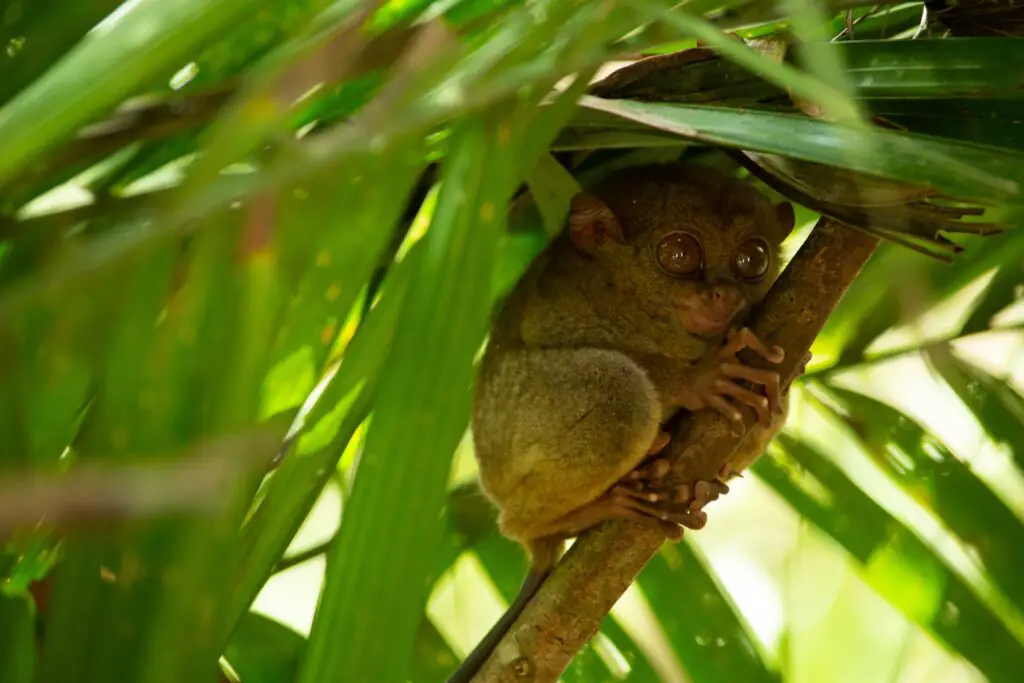
The Philippines, with its scattering of 7,000 plus islands, is vast and therefore observes four distinct climates: tropical rainforest, tropical savanna, tropical monsoon or humid subtropical, which occurs in higher altitude areas. If you’re planning on moving around, you should be prepared for these different climates. But the bonus with all these different climates is the incredible variety of flora and fauna you get to see!
The weather can also change fast. You could be hiking in blistering humidity and then the next minute be in a tropical storm. Keep that waterproof handy!
There are two seasons in the Philippines – simply the wet season and the dry season which are based around levels of rainfall. The wet season typically runs from June to October and the dry between November and May, though this will depend on where you go (as the four climates above will affect rainfall levels).
One of the biggest mistakes you can make when travelling the Philippines is to expect the weather to be the same on one island to the next, or even worse, forget to check the forecast and get stuck in extreme weather.
Monsoons, typhoons, tsunamis, tropical storms and other natural disasters occur quite frequently in the Philippines. Even if you do not get caught up in them as such, they can disrupt essential services (which may include airports/flights).
Basically, you should regularly check the weather and look out for official warnings. Always follow the advice of the local authorities to protect yourself if there’s the threat of a natural disaster.
3. Off-peak is cheaper
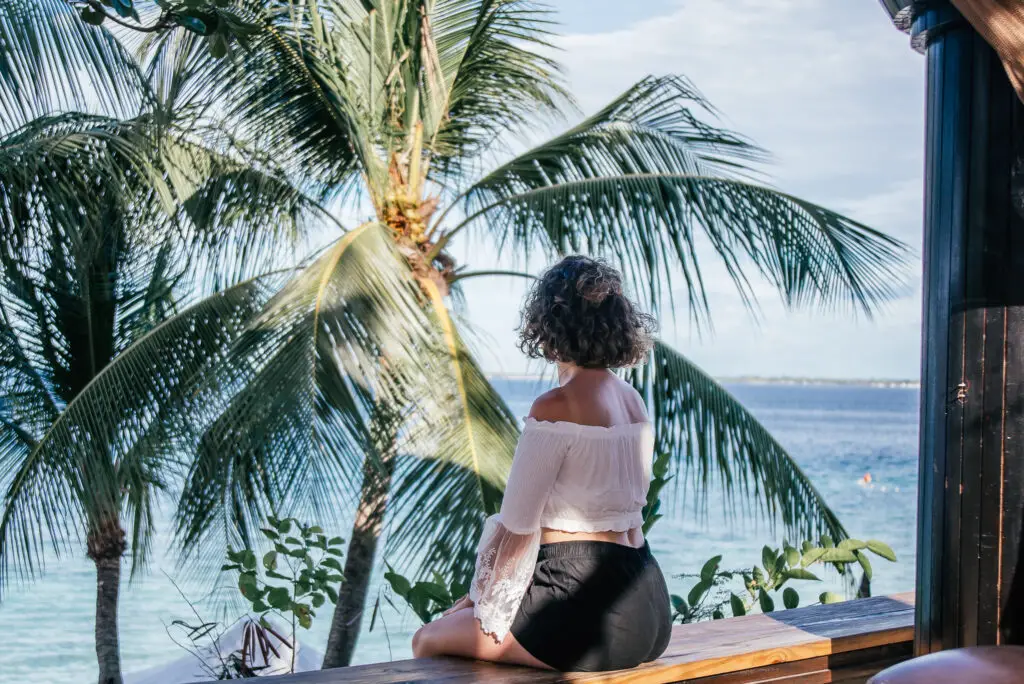
One of the things to know about the Philippines before you book your trip is that the ‘low’ and ‘shoulder’ seasons are a great time to travel, if there are no weather warnings of course. Although there is a higher chance of rain, it is quieter and cheaper. In June – September accommodation prices can drop by as much as 30% according to Lonely Planet.
I travelled the Philippines in mid-May which was coming to the end of the dry season. The weather was great – hot and sunny but not unbearably humid.
May is also a common month for Filipinos to go on holiday. I met quite a few families on tours who were on vacation from the metropolitan cities such as Manila. It was really pleasant to have such great company and get some valuable recommendations of things to do, see and eat!
4. Factor in extra ‘buffer’ days
If you’re planning on moving around to different islands, one thing I wish I knew before my trip to the Philippines was to factor in a few extra days into my itinerary.
Transport delays such as bad weather preventing ferries or just the sheer exhaustion from long travel days mean you won’t want a regimented travel itinerary.
Due to potential unforeseen circumstances like the weather, avoid pre-booking accommodation that is non-refundable.
On your last few days, I would definitely recommend staying on the island you will be leaving from to avoid the stress of cutting anything too fine. Bad weather commonly grounds transport meaning you could find yourself stranded on the day of your flight.
Slow down and add on extra days even where you think you may not need them.
5. If you’re backpacking, prepare for a logistical challenge
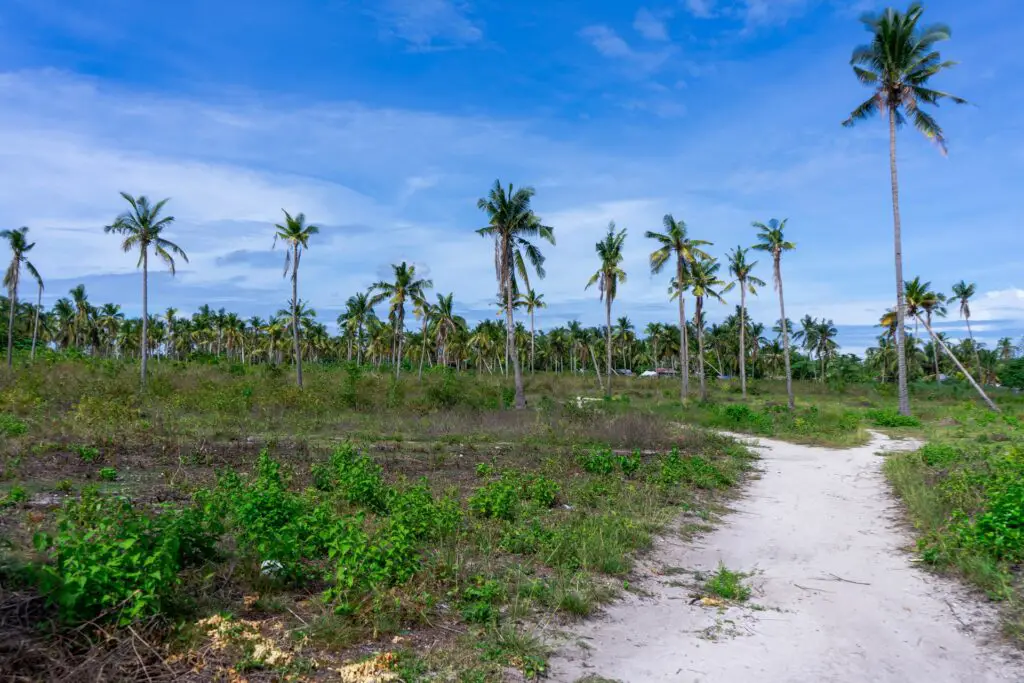
With the above point in mind, if you’re keen to cram in as much sightseeing as possible and backpack to multiple islands, be prepared to test your planning skills.
Getting from island to island can be more complicated than it seems with navigating ferry terminals, departure times and overland transportation. A fair amount of research is needed. You should be prepared for a lot of your time simply spent travelling as a journey often takes longer than you expect (or at least longer than what is advertised).
Luckily, there are lots of airports in the Philippines and so one of the most convenient methods of transportation is flying. It’s heaps quicker and it’s not too expensive either.
If you ever have the option of going overland or flying, I would highly recommend you opt to fly.
And on that note…
6. Fly direct to El Nido
The cheapest (but most inconvenient) way to get to El Nido in Palawan is via plane from Manila to Puerto Princesa, and then a van onwards to El Nido. However this will be an epic all day journey (i.e. 12+ hours). Alternatively, I would recommend paying a little bit more and flying from Manila directly with Air Swift with a flight time of only 1.5 hours.
These flights to El Nido with Air Swift do get booked up quite a few weeks in advance. I’d recommend booking your flight as soon as possible and not relying on there being any tickets available if you leave it too last minute.
Although the aeroplane is small and a little cramped, flying with Air Swift was quite a pleasant experience. They rolled out a red carpet, sheltered us with umbrellas from the heat when we were queuing to board and gave us a cold bottle of water once we were seated.
El Nido airport, which is 4km away from the main town, is also very pleasant – it’s more like a modern, two room bungalow with one ‘gate’ and a boutique-like cafe outside. Inside there are plenty of fans whirring away, though no A/C.
We flew onwards from El Nido directly to Boracay with Air Swift and found it extremely convenient.
7. English is widely spoken
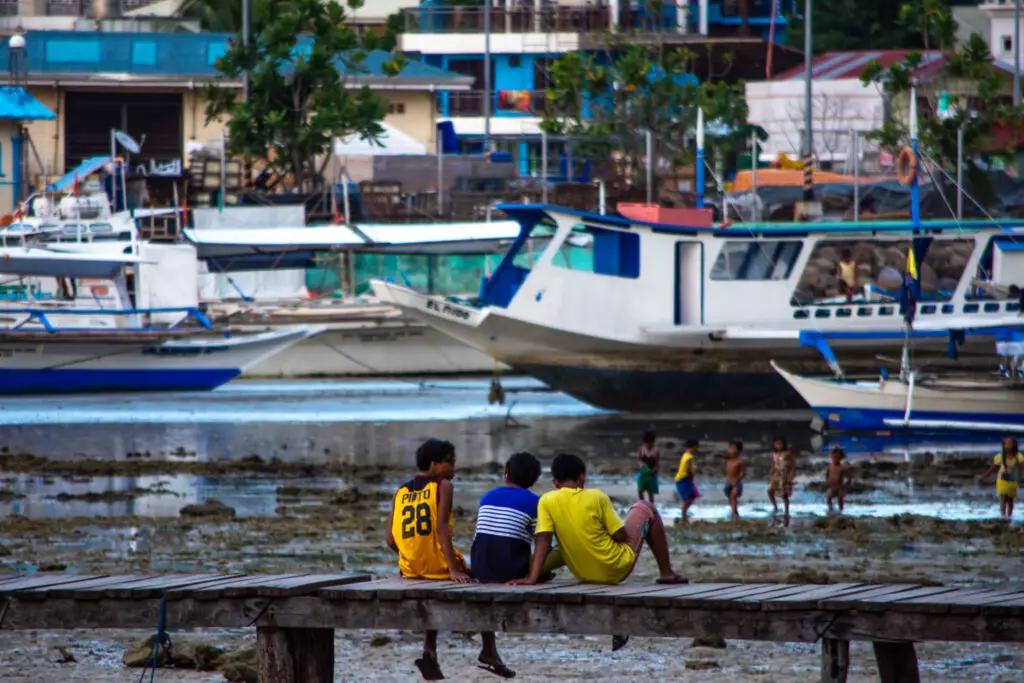
Of course it is always appreciated if you learn a few basic words in the local language, but at school, kids learn both Tagalog (the local language) and English. That means that English is widely spoken and you will find that many of the signs, menus, advertisements and so on, are also written in English.
Unlike most Southeast Asian countries that have an alphabet consisting of script/symbols, the Filipino alphabet is largely the Latin alphabet which we use. So deciphering place names for example, is quite easy for westerners.
A few useful phrases to know before you go are:
- ‘Magandang araw’ – Good day/beautiful day (equivalent of ‘hello’)
- ‘Salamat’ (sa-la-mat) – Thank you
- ‘Paalam’ (pa-alam) – Goodbye
- ‘Magkano’ (mag-ka-no) – How much?
- ‘Para’ – stop
8. Lower your standards for accommodation
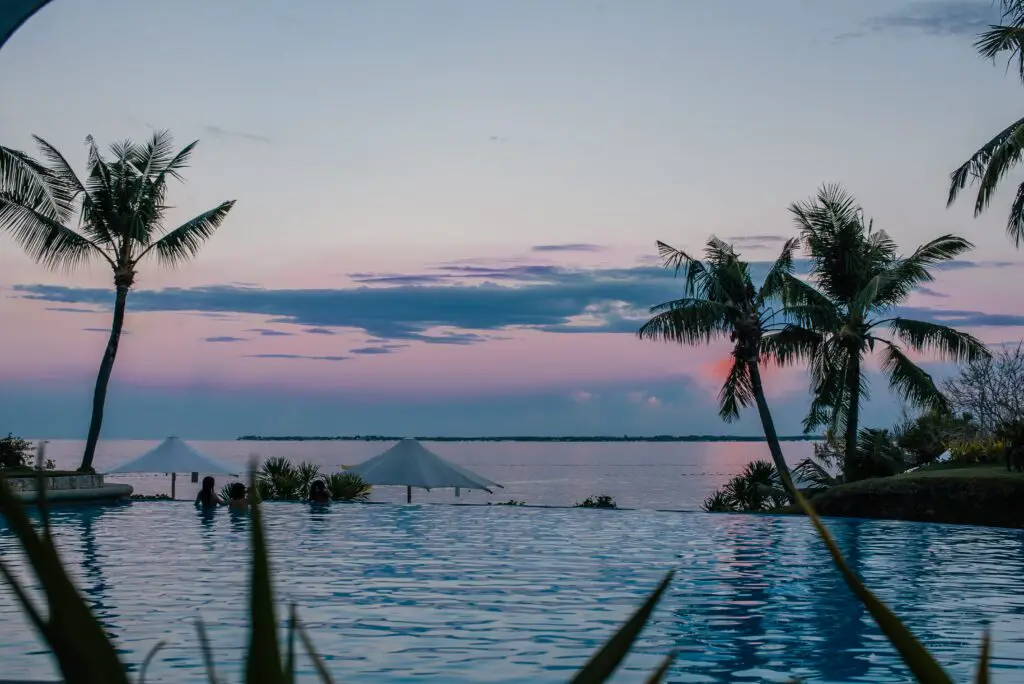
This is just a travel tip from my personal experience. During my trip I stayed in a combination of good-value guest houses and two high-end hotels/resorts. Neither of these types of accommodation were dirt cheap and in fact, the posh hotels were too expensive.
The quality we got in return wasn’t as luxurious as expected (inside at least!). Both luxury hotels were quite dated and you had to pay extra for things such as towels which ruined the experience a little.
The guest houses which were booked via Booking.com all had old bedding, crappy showers and dated decor. They didn’t quite look like the advertised pictures. They weren’t bad by any means, in fact every place had a lot of character, but I would just recommend you lower your expectations a little regarding the quality of accommodation and be open-minded to embrace what you get!
9. Bring natural seasickness tablets
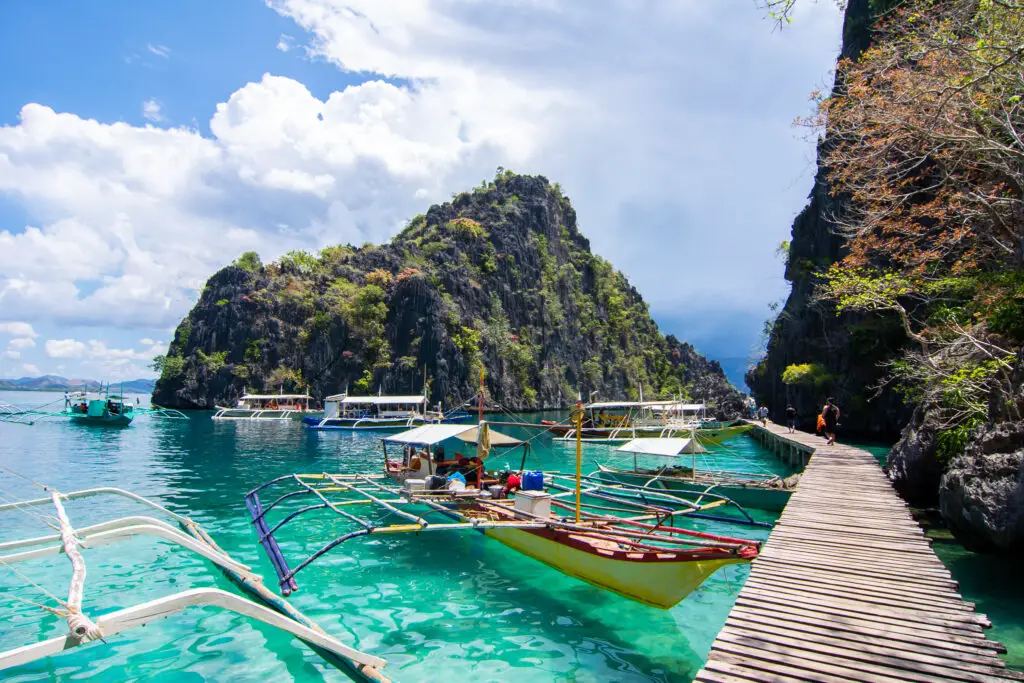
There are so many adventure bucket list activities in the Philippines. Many of them involved boats and being in water!
If like me you are prone to the odd bit of seasickness, you may wish to bring some motion sickness tablets. I’d recommend ginger or herbal-based ones that are non-drowsy which you can take ‘just in case’.
You will be spending a lot of time on water – be that on ferries, going diving or taking all day boat tours. Ferries can get especially rough so it is best to have some tablets ready and easily accessible if required.
10. Consider whether Boracay is for you
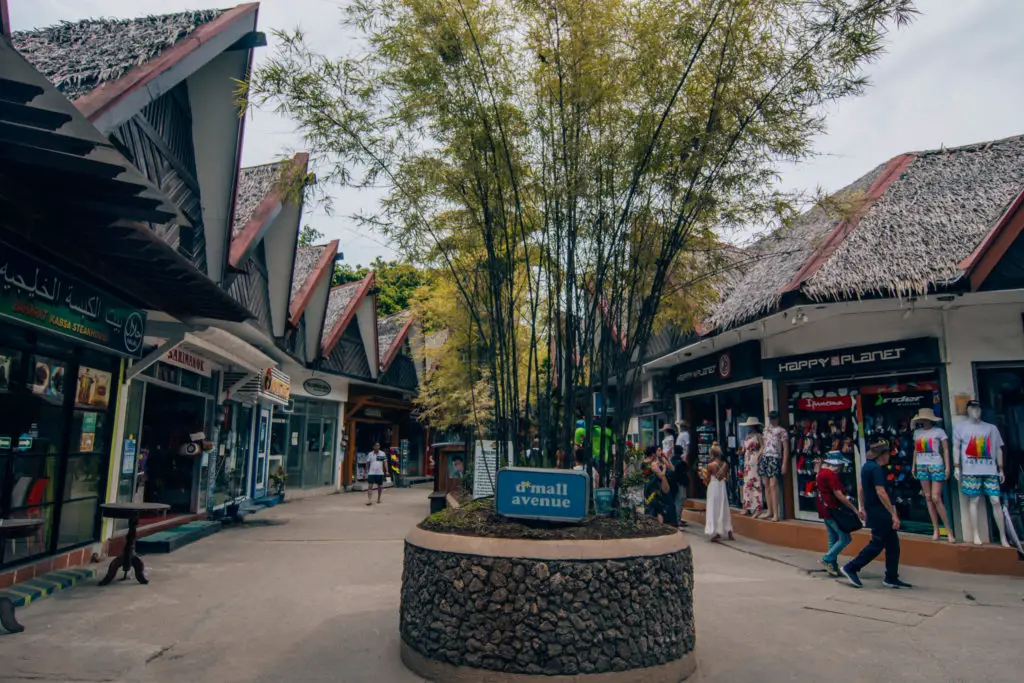
I wrote a blog post about my experience and opinion on the island of Boracay which you may want to take a look at before you decide to go.
Apparently Boracay has one of the best beaches in the world and is the epitome of ‘paradise’. Unfortunately I found it a little overrated and the most touristy and gimmicky island I went to. There were tonnes of derelict buildings, noisy building sites, blankets of dust, litter, overcrowding and the main attraction is a shopping mall. Oh, and there’s also a KFC on the beachfront.
Overall I personally found it really disappointing and instead of the popular White Beach, I would recommend you consider one of these secluded beaches in Boracay instead.
If you are considering a trip to Boracay, I would recommend researching it in advance to establish whether it is the type of holiday you are looking for.
11. There are a lot of whitening products
Having light skin is considered a thing of beauty and whitening products are very popular throughout Southeast Asia, especially in South Korea and Thailand. However I was surprised to learn that this is also the case in the Philippines.
Whilst I’m an advocate of minimal travel, buying products to use whilst you’re in the Philippines may be a little more difficult as many lotions, washes and deodorants contain skin whitening agents.
If you know you will need moisturiser for example, I would recommend packing a brand you are familiar with from home. It will be much harder to find products when you arrive without skin lightening ingredients.
12. Filipinos aren’t all that conservative
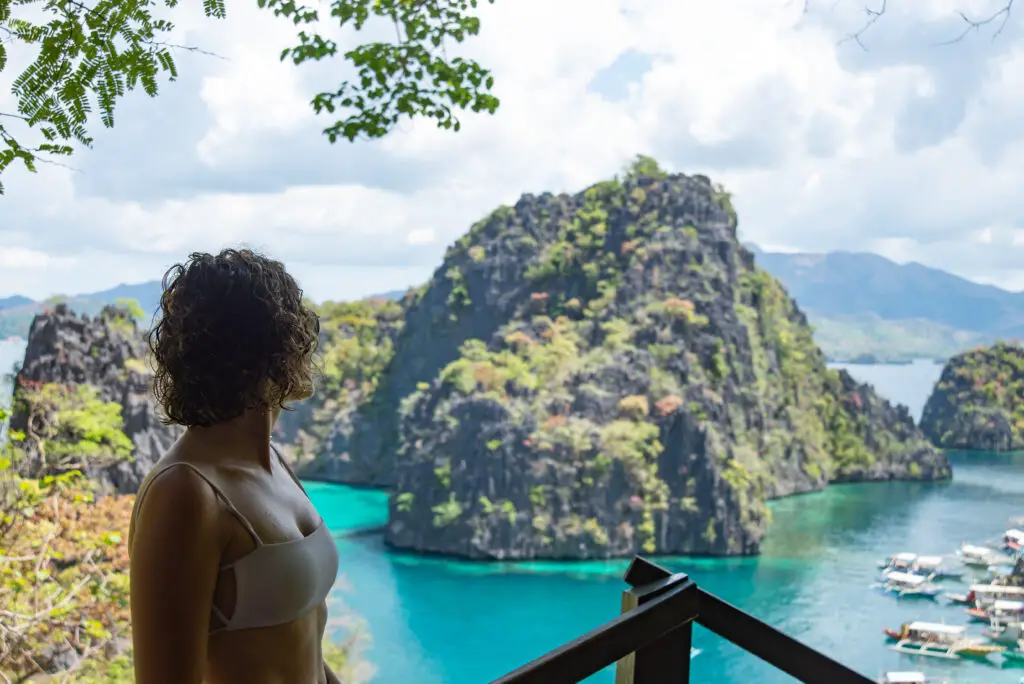
By this I largely mean that if you’re a woman, you don’t have to worry about covering up too much. You’ll often see Filipina women wearing short skirts, dresses and showing off skin. Foreign women do not need to worry about wearing a bikini on the beach for example. So long as it is in the appropriate circumstances, showing bare skin is totally acceptable in the Philippines.
Despite the fact 80% of the population is catholic, divorce is still not allowed and abortion is illegal, Filipinos are very tolerant of LGBTQI+ people. According to I am Aileen, who is a Filipino national, there are a lot of gay and transsexual people in the Philippines. So although it is a highly religious country with lots of restrictions enforced by the church, the population is largely tolerant, open-minded and very progressive! Awesome!
It’s also worth noting that Filipinos are largely proud, passionate and very sensitive about their country and identity. So if you’re rude about the Philippines or the people (not that you’d find a reason to be!), you could find yourself in some serious arguments!
13. Bonus tip – the WiFi is bad!
Despite the fact that Philippinos are apparently one of the biggest users of social media in the entire world, you may be surprised to learn that the quality of internet is pretty poor!
I experienced slow up/download speeds and frequent connectivity and drop-out issues on every island I went to. In the end I basically gave up and stayed off the internet altogether!
If you have work to do or you can’t be parted from your social networks, I would advise bringing your own internet device with you!
I hope these things to know about the Philippines and my travel tips have been useful in preparing you to travel to this awesome country! Let me know your feedback and thoughts in the comment section below!
Heading to The Philippines Soon? Don’t forget these essentials!
Flights: compare and search using Skyscanner
Accommodation: hotels to hostels, glamping to apartments I always use Booking.com
Tours: to search and compare the best group tours and activities worldwide (with up to 20% off), use Viator
Visa: don’t forget to check the entry requirements for the passport you are travelling with
Inspiration: Lonely Planet’s guide to The Philippines, or for your next trip, how about Lonely Planet’s Guide to the World?
PIN ME FOR LATER:
*This post may contain affiliate links meaning should you purchase a product via this link, I’ll earn a small commission at no extra cost to you. These are still products I use or believe in regardless. See my privacy and disclosure policy for more.*

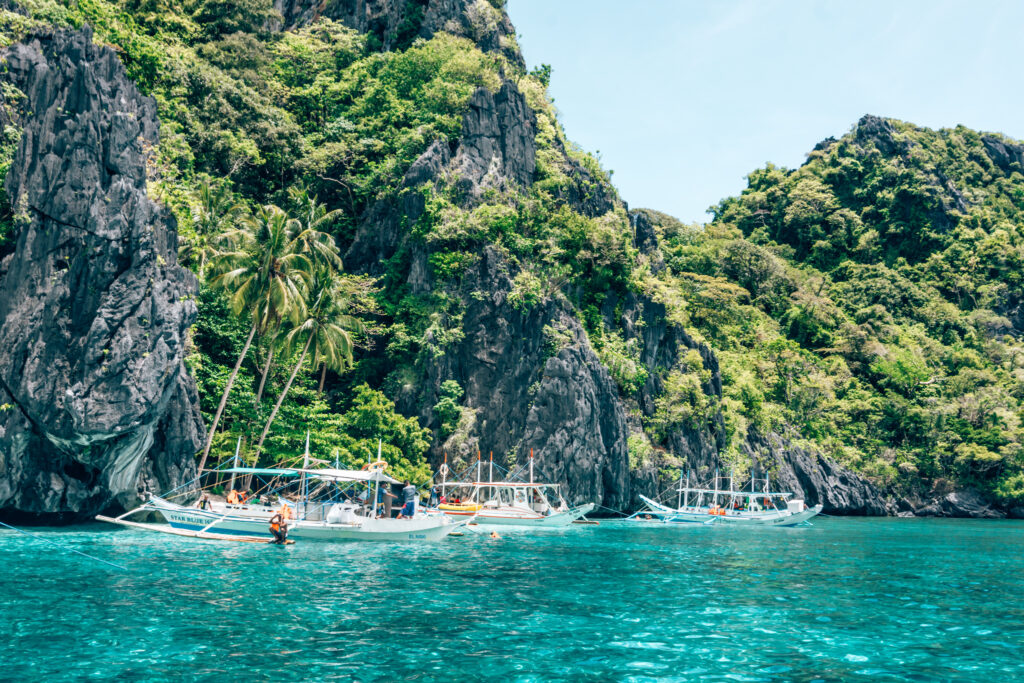
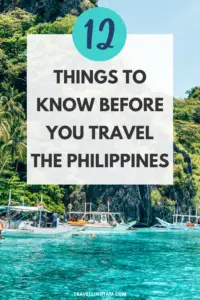
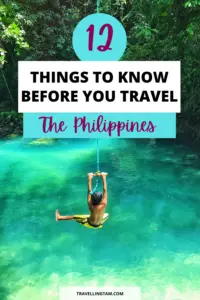
Wow so many things I didn’t know! I had no idea that all of these islands had different climates….or that products might contain whitening agents. Who knew! Well, I guess you did ?. From your photos, this looks like an absolutely beautiful destination. Are the heat and humidity something you power through or do you enjoy that type of climate?
I personally adore a warm climate! But I didn’t find it overbearing. Once you’ve taken those first few days to adjust, I sort of didn’t notice. But I went at the end of May and different times of the year may be a different story!
Glad you have found some of these points interesting 🙂
There were many very useful tips here for visiting the Philippines. Sharing your experience made this list very sound advice. who knew there were whitening agents in skin products? It was also interesting to hear about the political/social consciousness of the people. Very interesting post.
Thanks Karen. Think it’s always good to relay your experience so someone else can learn from them and be prepared!
These are great tips! I definitely experienced logistical issues due to frequently delayed flights and whatnot, but had an absolutely amazing time in the Philippines! Dreaming to go back!
Ah did you! That is a shame. I was luckily OK and had no cancellations but getting from A to B and the logistics was a bit of a nightmare ha! I’m with you – would love to go back. Such as special place!
The Philippines is suuuuuper high up on my bucket list, so definitely good to know about the buffer days and potential transport delays between islands. Thanks for these tips! :]
The Phillipines is such a beautiful location and I hope I can make it there someday!! Definitely saving these tips for the future!! Thanks for sharing!
Really interesting stuff here! I didn’t know there were over 7,000 islands. And good tip on buying (or rather not buying) beauty products there.
Great tips. I love that you started out with safety, reassuring us that most of the areas, but not all, are quite safe. Also, the seasickness natural, non-drowsy ideas. Great stuff here.
Thanks Rhonda. I guess they’re very practical tips as opposed to any especially fun tit-bits haha. But the kind of things that are useful to prepare you!
This is such a great guide! Thanks for the tip on adding buffer days, that’s something I would have never thought of. Also, good to know about the accommodation standards!
Practical is definitely the right word here – these are definitely the kinda thing I try and work out before travelling solo somewhere and it’s great you have them all in one place!
Aw thanks Cass. Yup, I love a good practical list to learn from whenever you go somewhere new. I didn’t discover a lot of this on the internet when I was researching before I left so I thought I had to write something! 🙂
I have so many friends that rave about the Philippines. It is now on my new bucket list of places to visit. I’m just afraid of getting mosquito bites. hehe
The Philippes looks beautiful and worth it! I have not yet been, and it definitely is top in my list.
Thanks for your comment Ana! The Philippines is an incredible country, I hope you get to visit!
These islands look so beautiful! Gotta visit there before summer is ending soon!
the Philippines are so nice! Great beaches!